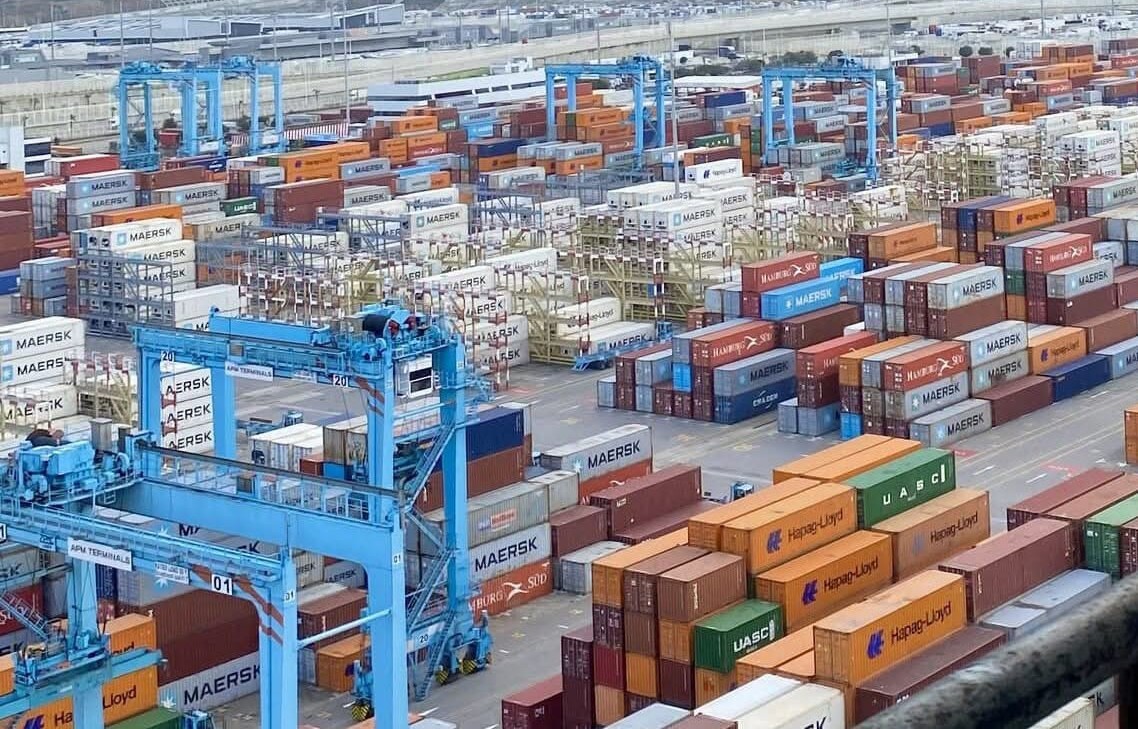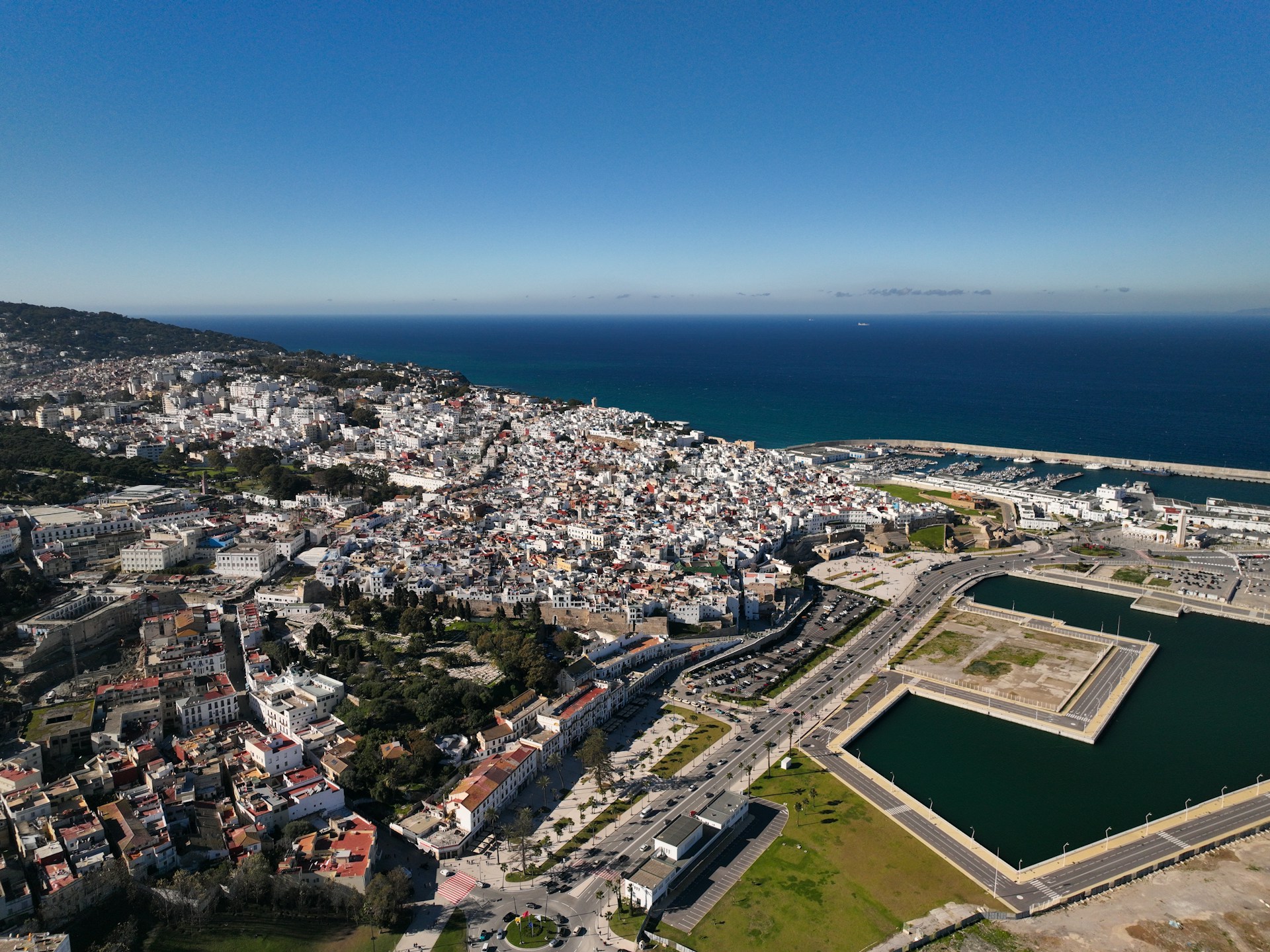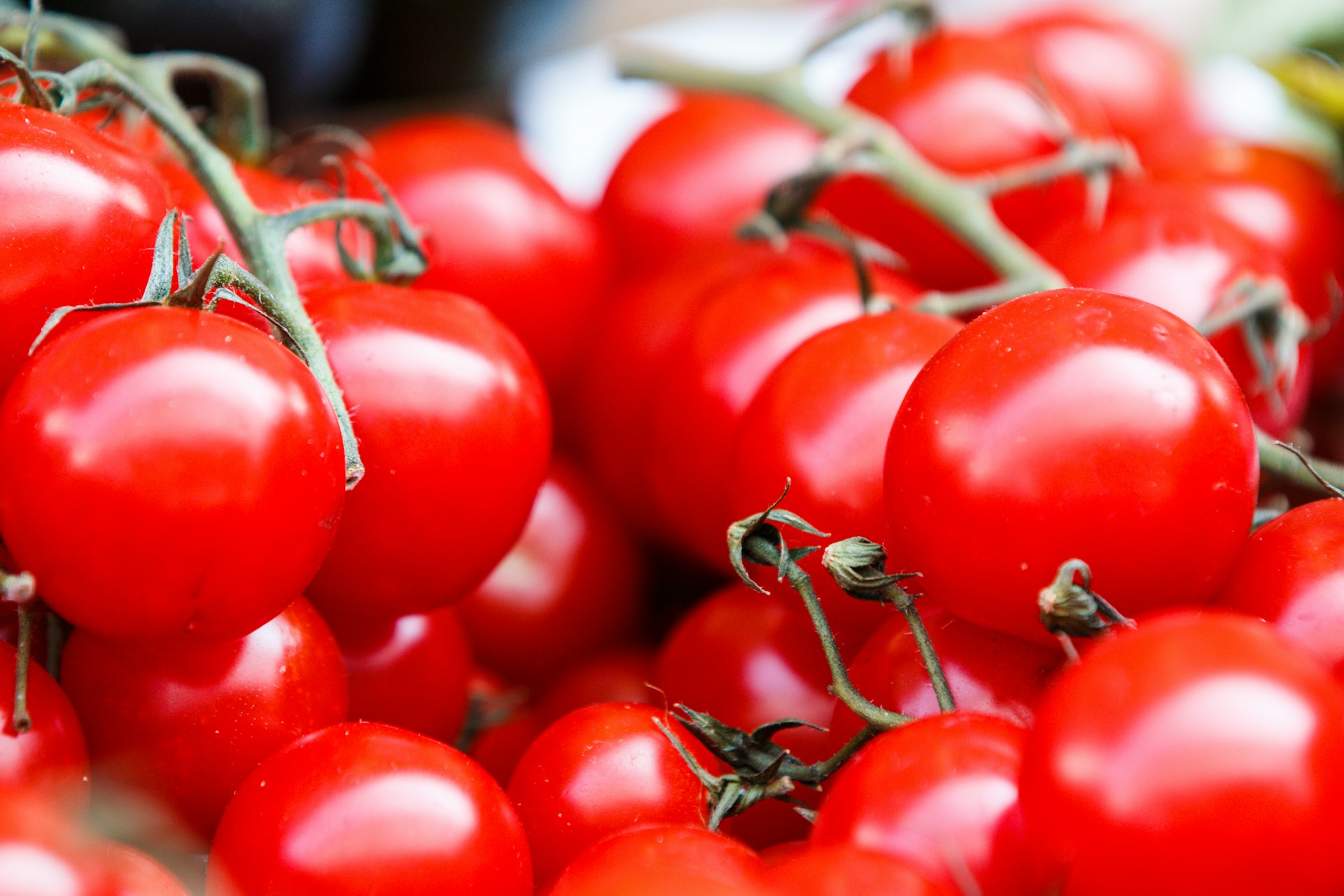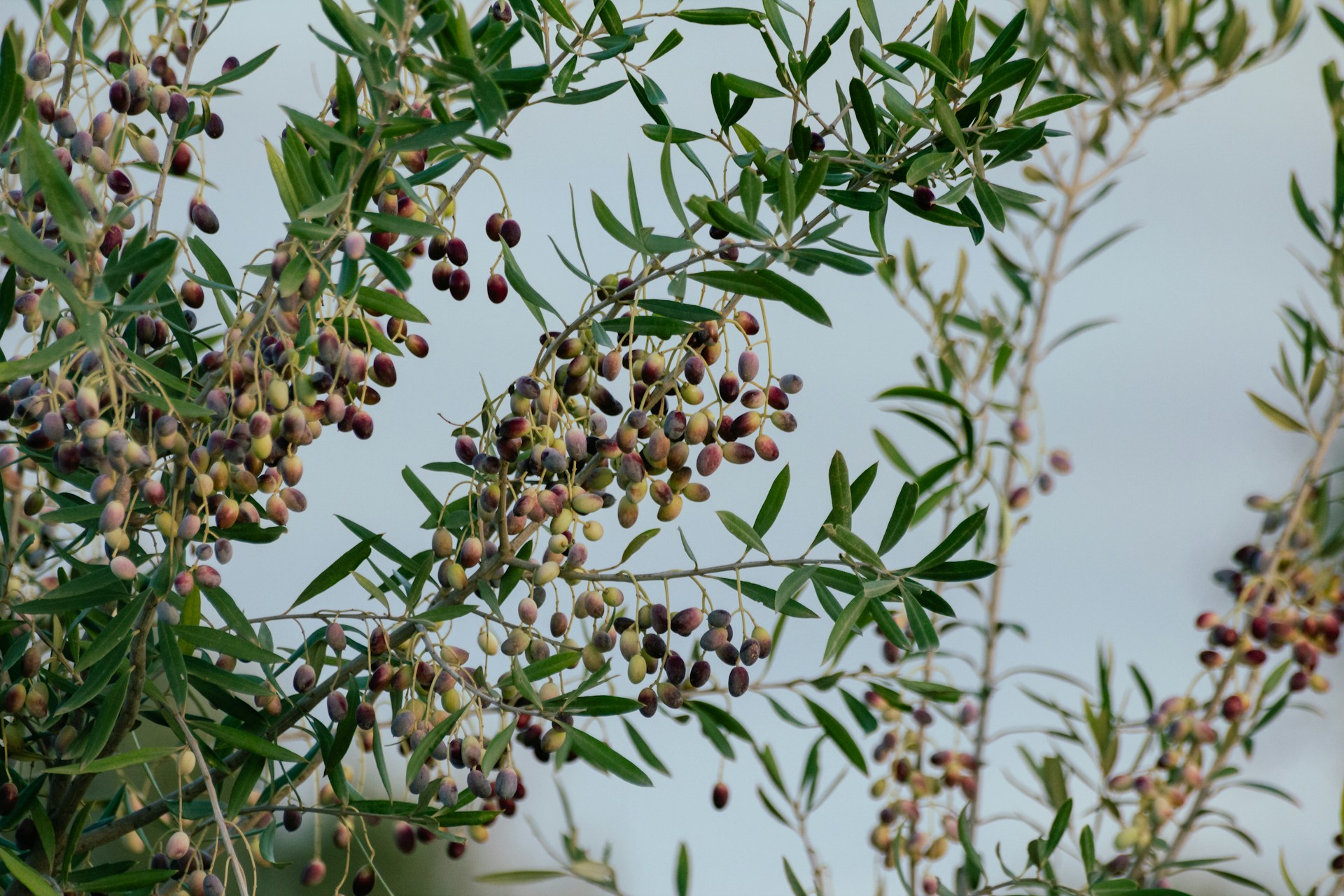Casablanca – Moroccan tomato exports, long a staple in European markets, have recently faced a series of challenges that have impacted their market share, particularly in Spain. New data reveals a sharp decline in exports, driven by competition from other countries, local agricultural crises, and changing market dynamics.
A declining trend in exports
Recent statistics show that Morocco’s tomato exports to the European Union dropped by 6.8% between September 2023 and May 2024, compared to the previous year. Spain, a key market for Moroccan tomatoes, reduced its imports by 37.7% during this period. Despite holding a 50.86% share of the Spanish tomato market, Morocco’s dominance is waning as the country faces increased competition and fluctuating demand.
Moroccan tomato exports to Spain fell from 48.09 million kilograms in the first half of 2022 to just 29.97 million kilograms in the same period of 2024. This significant drop occurred amidst accusations from Spanish agricultural associations, including the Coordinadora de Organizaciones de Agricultores y Ganaderos (COAG), which accused Morocco of engaging in unfair trade practices and using insecticides banned in the EU.
Rising competition from Portugal and other suppliers
While Moroccan exports struggle, other suppliers are making significant gains in the Spanish market. Portugal, in particular, has seen its tomato exports to Spain skyrocket by 102.4%, reaching 17.61 million kilograms in the first half of 2024, up from 8.7 million kilograms in 2022. This surge has positioned Portugal as the second-largest tomato supplier to Spain, capturing 29.9% of the market. The Netherlands and Belgium have also maintained stable exports to Spain, contributing to Morocco’s decreasing share.
Impact of climate and agricultural conditions
One of the most significant challenges facing Moroccan tomato exports is the impact of climate-related issues, particularly water stress. While Morocco has suffered from severe droughts, which threatened agricultural yields, these conditions have not fully explained the drop in exports. Instead, the decline seems more linked to shifts in consumer preferences and internal agricultural disruptions.
The price of Moroccan tomatoes has also been a factor. Despite the average price per kilogram increasing from $1.34 in 2022 to $1.52 in 2024, the total revenue from Moroccan tomato exports to Spain has decreased from $64.64 million in 2022 to $45.77 million in 2024, reflecting the reduced volume of tomatoes exported.
Future outlook: A shifting market
Morocco’s position as a leading supplier of tomatoes to the EU and Spain is under threat, not only from increasing competition but also from changing market dynamics. While Moroccan tomatoes continue to account for a significant portion of Spain’s imports, countries like Portugal and Turkey are rapidly gaining ground. Turkish tomato exports to Europe, for example, have risen substantially, while Moroccan exports are not keeping pace.
The future of Morocco’s tomato export industry will depend on its ability to address these challenges, whether by adapting to new market conditions, improving agricultural resilience, or countering competitive pressures from other suppliers. Morocco’s ability to regain its dominant position in the Spanish market will largely hinge on how it navigates these factors in the coming seasons.
As Morocco continues to face trade wars, agricultural struggles, and stiff competition from neighboring countries, the road ahead remains uncertain. While the country has historically been a key player in Europe’s tomato supply chain, these recent trends highlight the need for strategic adjustments to maintain its foothold in this rapidly evolving market.
















